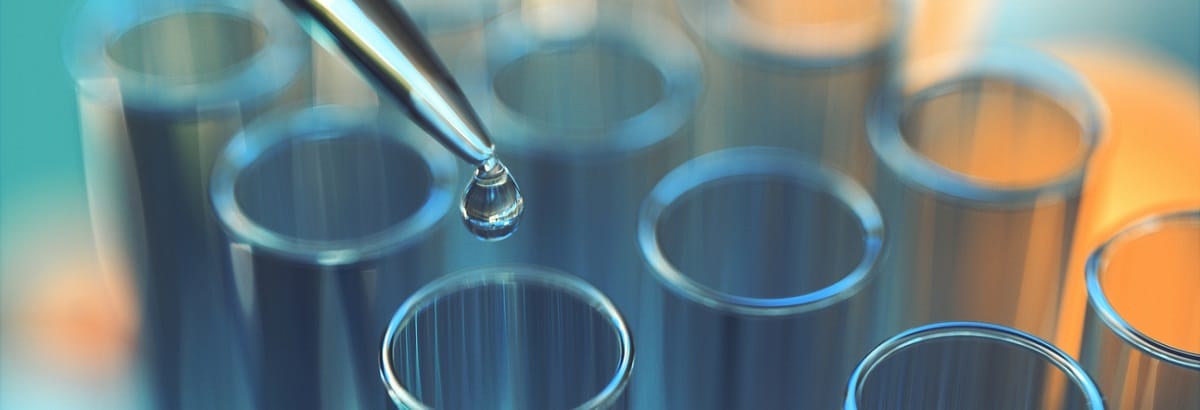Gonzalo Sanz Segovia | 04/09/2025
Biotechnology holds great promise in tackling pressing global challenges such as climate change, food security, and public health crises. Yet, this vast potential comes with significant risks, from the possibility of misuse to unforeseen environmental consequences.
This scientific field can be broadly defined as the use of living organisms, cells, or biological systems to develop products and technologies that improve human life. Although its roots go back to ancient practices such as food fermentation, today biotechnology is closely linked to disciplines like chemistry, genetics, and medicine. Its ongoing evolution is reshaping vital sectors of the economy and healthcare.
Key applications
One of the sectors most profoundly transformed by biotechnology is agriculture. The development of genetically modified and gene-edited crops has bolstered resilience against extreme weather events and pests. The FAO (Food and Agriculture Organization of the United Nations) recognizes biotechnology’s valuable contribution to meeting rising food demand and strengthening food security around the globe.
At the same time, biotechnology is paving the way for more sustainable solutions. Lab-engineered microorganisms are being used to clean contaminated water, capture heavy metals, and absorb greenhouse gases. Technologies such as bioremediation and bioadsorption are now applied across diverse industrial sectors. Meanwhile, a circular economy based on bioproducts—such as bioplastics, biofertilizers, and biofuels—is transforming traditional production models.
In the medical field, biotechnology played a pivotal role in responding to the COVID-19 pandemic, with technologies such as messenger RNA (mRNA) enabling the rapid development of vaccines on a global scale. Gene therapies, including CAR-T treatments and other gene-editing approaches, are revolutionizing the treatment of rare diseases and certain cancers. Looking ahead, next-generation gene editing techniques (including base editing and prime editing) and synthetic biology for drug development promise even more precise and safer therapeutic possibilities.
Emerging risks
The same power that can heal, feed, or decontaminate can also be harnessed for destructive purposes. The concept of dual-use technology, where an innovation can have both beneficial and harmful applications, takes on particular significance in biotechnology.
Increasingly affordable access to gene-editing tools and DNA synthesis raises the risk that non-state actors, extremist groups, or even technically skilled individuals could recreate harmful viruses or bacteria. This concern is echoed by international organizations such as NATO, which, in its Science & Technology Trends 2020–2040 report, published in 2021, warned of a renewed bioterrorism threat, intensified by the rapid technological advances accelerated during the COVID-19 pandemic.
Meanwhile, the design of synthetic organisms—often undertaken with the best intentions—can trigger unforeseen consequences for ecosystems. A genetically modified organism released into the wild could displace native species, disrupt food chains, or trigger unforeseen genetic effects. To address these uncertainties, the precautionary principle, endorsed by the Cartagena Protocol on Biosafety, seeks to mitigate these risks by anticipating their possible impacts.
But the concerns go beyond biosafety. Questions also arise around genetic privacy, the use of biomedical data, intellectual property rights over modified organisms, and the potential control that large corporations could exert over key health and food technologies. Moreover, the growing biotechnology gap between countries with and without the capacity to develop these innovations poses a risk of geopolitical instability.
Governance to match its potential
In this ambivalent landscape, effective global governance of biotechnology becomes indispensable. While there are international agreements such as the Biological Weapons Convention (BWC) or the aforementioned Cartagena Protocol, the pace of technological evolution has outstripped existing regulatory frameworks.
According to the report Biotechnology Research in an Age of Terrorism, published by the U.S. National Academy of Sciences, it is critical to establish ethical and scientific review systems capable of identifying potentially high-risk research before it is published or funded. Proposals include training researchers in social responsibility, creating flexible regulatory frameworks, and strengthening international cooperation to improve laboratory oversight.
Similarly, both the U.S. Bipartisan Commission on Biodefense and the European Parliament have urged the reinforcement of risk assessment, traceability, and transparency processes, both in the development and marketing of biotechnological products. The goal is not to halt innovation, but to ensure its benefits are not overshadowed by irresponsible or dangerous use.
Between hope and caution
Biotechnology is neither inherently good nor bad. Its impact will depend on how it is used, who controls it, and which principles guide its development. It can be a powerful ally, yet it can also generate new uncertainties if applied without proper safeguards.
History shows that every scientific revolution goes through an initial phase of fascination followed by a period of critical scrutiny. In the case of biotechnology, both phases coexist today. This means that rather than placing blind faith in progress or rejecting it out of pure caution, what is needed is constant vigilance, effective regulation, and a strong ethical commitment from all stakeholders.





